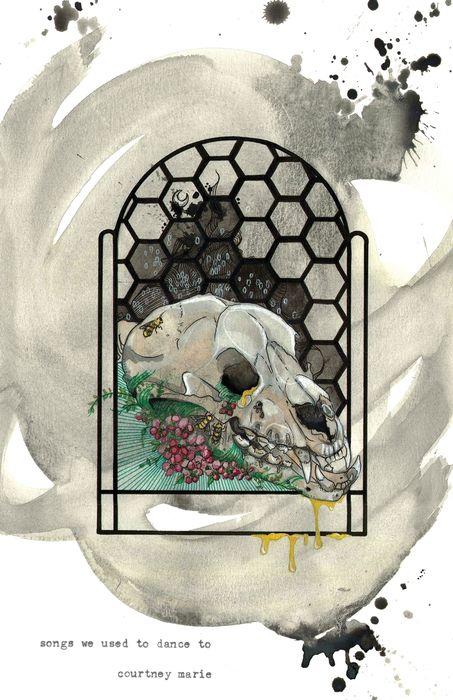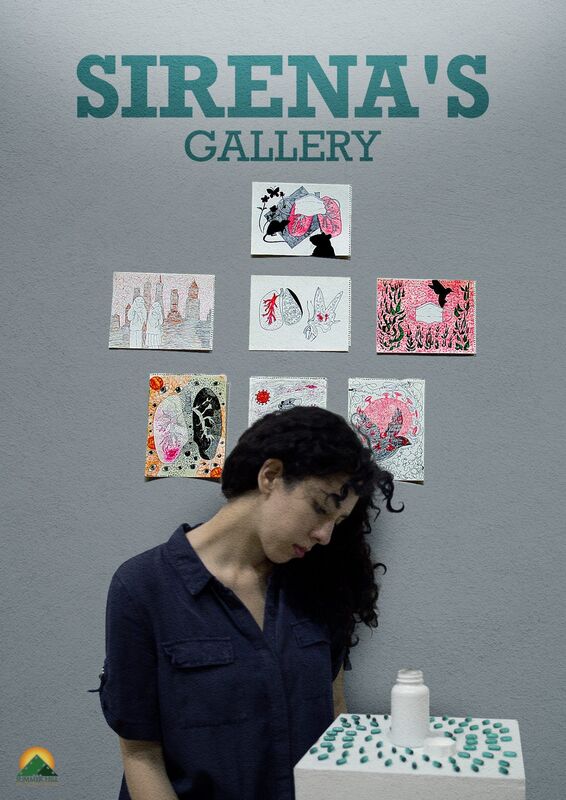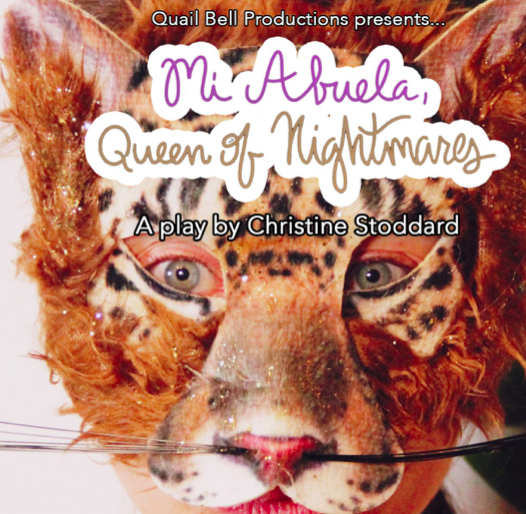|
The Breadcrumbs widget will appear here on the published site.
By Alex Carrigan In their recently released poetry collection songs we used to dance to, poet courtney marie [sic] blurs time and space in a series of surreal poetry. To understand what is exactly happening in the pieces is to try and figure out how to get inside a snow globe, as the poems in this collection challenge the reader to figure out at what layer they are reading them and how many layers are presented. From the start, the collection brings about a sense of detachment. In one of the earliest pieces, the narrator notes that they are "a reluctant ghost." As the collection progresses, the ghost becomes a way to view themselves objectively, as if this other self is able to do or say things the narrator can't. Earlier pieces in the book are all about detachment from the spaces around them, with the astral projection brought on by the ghost giving the narrator the ability to look at everything from a new angle. The angle that seems to be most observed is the act of writing poetry. marie's collection has a lot of ars poetica pieces, where many of the works address the act of creating poetry ("the good news is i'm writing poetry again / the bad news is it won't save the world"). Even the structure of the collection shows this unease from the narrator's point of view. The entire collection is written in italics, with virtually no capitalization used. Lines are crossed out, some stanzas break into either/or statements. The collection is about trying to find some grounding in all the streams of consciousness, and marie's use of style plays into how scattered and lost one can feel. However, it's later in the collection that things begin to coalesce. Later poems begin to take on more prosaic qualities, while still keeping a lot of the same formatting techniques. In a sense, it reads like the narrator is starting to come together and leave behind many of the issues presented, but is still a work in progress. Nothing is fully settled by the end, but marie's writing suggests there are ways to live with the unease instead of dispelling it entirely. "there is yet hope / though we will all die" closes the collection, and there is some peace in that. songs we used to dance to is a study in brain mapping, but one where the results look more like a Pollock painting. Finding the logic and finding the meaning is one that can change easily, but to explore all the directions the streams can go means the reader is likely to arrive at an infinite number of destinations. After all, there's no true evidence ghosts don't exist, so why couldn't this be a way for how to navigate life?
0 Comments
CommentsYour comment will be posted after it is approved.
Leave a Reply. |
AuthorWrite something about yourself. No need to be fancy, just an overview. Archives
July 2024
Categories
All
|



 RSS Feed
RSS Feed






